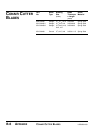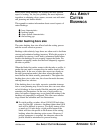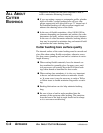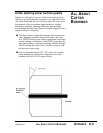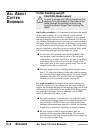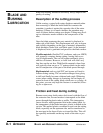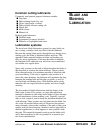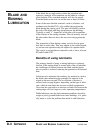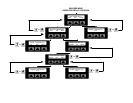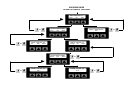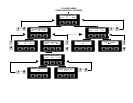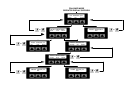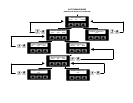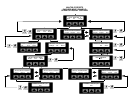
If the blade has a rough surface where the extrudate rubs
against it, material will accumulate on the blade in a cheese
grater fashion. This scratched material will also be passed
from the blade to the next cut and be seen as hairs or flakes.
Some of the more flexible materials, such as silicones, soft
urethanes and flexible PVCs, also exhibit drag against the
blade during the cutting cycle. The part will actually stick to
the side of the blade and drag down between the bushings.
Typically a small "c" shaped tail of the tube will accumulate
in the bottom of the cutting chamber. This tail actually tore off
the tube rather than cut due to the excessive drag against the
blade
The generation of heat during cutting can also lead to parts
that stick to each other. They may appear to be welded togeth-
er, and an extra operation may be required to separate them.
This can be a real problem in materials such as latex, silicone,
PP, and flexible PVC.
Benefits of using lubricants
The primary benefit of using a cutting lubricant is reducing
friction. If the cutting blade is coated with a film of lubricant,
the coefficient of friction between the blade and the plastic
tube or profile is reduced, reducing the generation of frictional
heat.
Lubricants also minimize the tendency for material to stick to
the blade, thus minimizing the potential for material to be
wiped on the next cut part. The co-efficient of friction is
reduced with varying degrees, depending on the type of lubri-
cant, which in turn limits the increase in blade temperature.
Over time this can lead to an increase in blade life because the
cutting edge will last longer at cooler operating temperatures.
While lubricants can also help minimize problems caused by
rough or poorly ground blades and cutter bushings, it is gener-
ally better to solve the problem than mask it with lubricants.
BLADE AND
BUSHING
L
UBRICATION
D-3 APPENDIX
BLADE AND BUSHING LUBRICATION UGE059/1003



